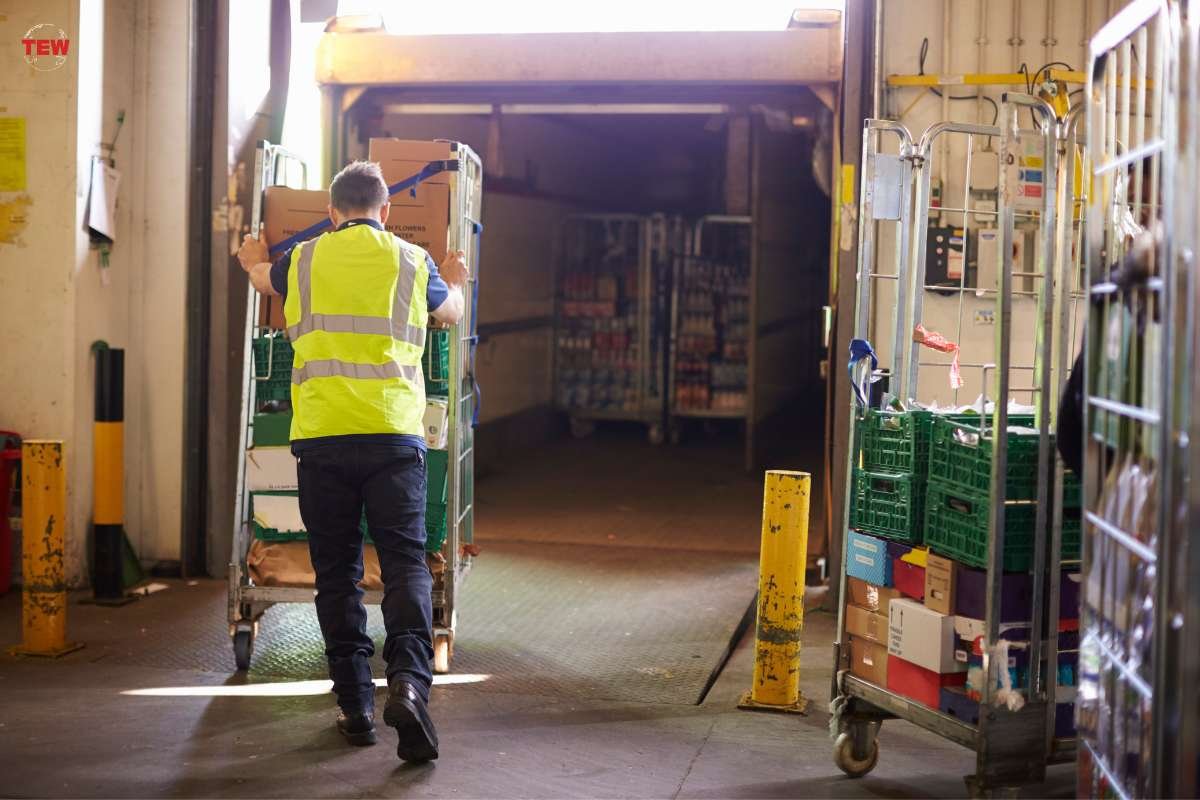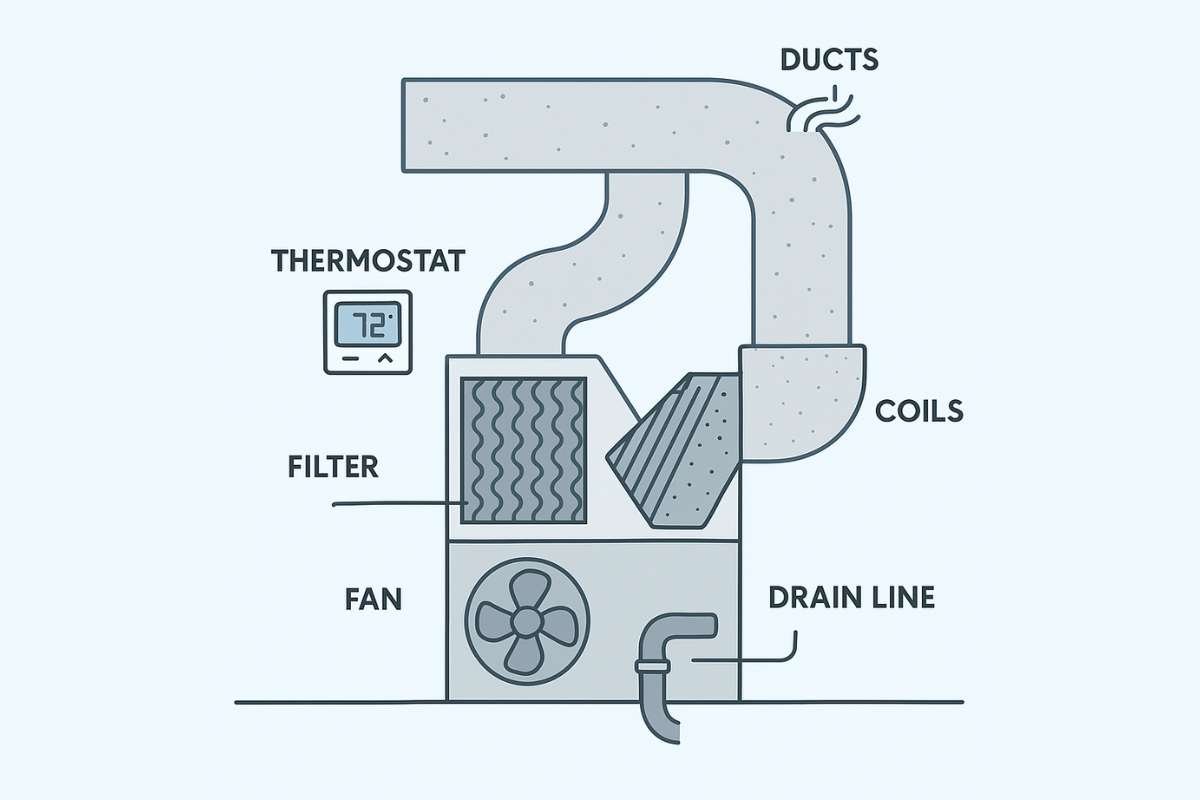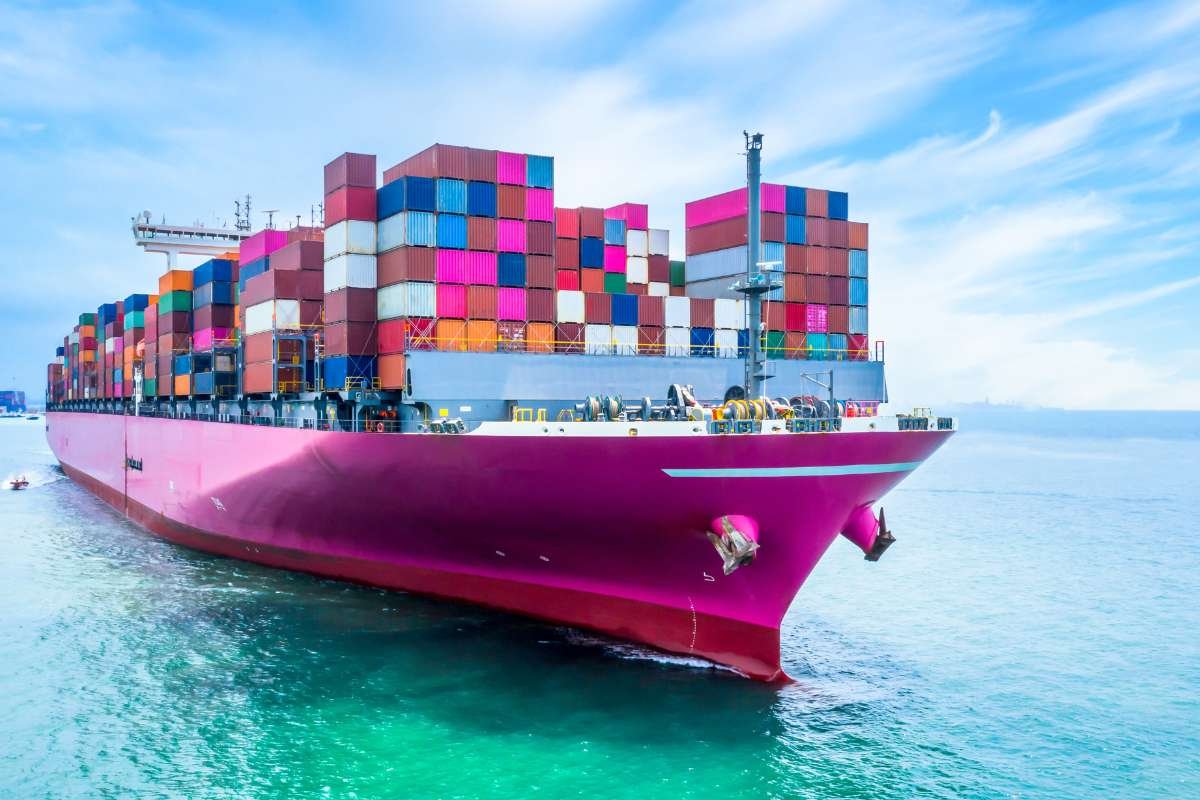The supply chain has several moving parts. However, it involves two primary components, logistics, and transportation, working together to facilitate a smooth flow of goods inbound and outbound to all parts of the world.
A smooth delivery system can make or break your business. To gain a competitive advantage, you must implement supply chain optimization techniques to keep your business running at peak performance.
But what do you need to do to transform your sluggish processes into a well-oiled machine? Let’s find out in this guide.
Establish Meaningful Collaborations
Your supply chain isn’t an island. It’s a complex ecosystem that involves a network of suppliers, distributors, shippers, and, ultimately, your customers. Building strong relationships and fostering open communication with each player is crucial for smooth operations and network optimization.
Suppliers and Distributors

Consider collaborating with suppliers on forecasting and planning to help them anticipate your needs and ensure a steady flow of raw materials. Similarly, open communication with distributors keeps them informed about potential delays or changes in your production schedule. Happy suppliers and distributors translate to a happy and efficient supply chain.
Freight Companies
Shipping goods from one of Southeast Asia’s busiest cities? Contact air freight Singapore service providers for your peace of mind. Some of these companies provide comprehensive supply chain solutions using state-of-the-art technologies. Discuss your unique needs so they can address them.
Push For Real-Time Visibility
One of the first steps to optimizing anything is understanding how it works. In this case, this refers to supply chain visibility. You need to know exactly where your materials are, at every stage, from raw components to finished products sitting on store shelves. This may involve implementing a robust inventory management system that tracks stock levels across warehouses and distribution centers.
Real-time supply chain data is your friend here, allowing you to identify potential bottlenecks and react swiftly to disruptions. If your primary supplier hits a snag, for instance, you can quickly explore alternative sources or adjust production schedules to minimize the impact.
The Internet of Things (IoT)

Advanced technologies are being used for various purposes to improve overall supply chain performance or its specific parts. Tiny sensors embedded in warehouses and shipping containers can collect real-time data on temperature, location, and inventory levels. This data can be used to optimize storage conditions, track shipments in transit, and prevent stockouts.
Embrace Automation to Optimize Your Time and Resources
Repetitive tasks can bog down any operation. Using supply chain optimization techniques and software enables you to automate tasks like:
- Demand forecasting
- Order processing
- Picking, sorting, packing, and shipping processes
- Inventory management
- Route optimization
This frees up your team’s valuable time and resources to focus on higher-level tasks like strategic planning and customer relationship management. Automation can also improve accuracy by minimizing the risk of human error.
Leverage Data Analytics for Smarter Business Decisions
Relying on gut instinct doesn’t work in today’s modern businesses. Because of digitalization, data has become the lifeblood of supply chain optimization techniques.
Harnessing the power of analytics transforms historical data into powerful insights. This allows you to forecast demand with greater accuracy, preventing costly stockouts or the burden of excess inventory. With this tool, you can predict seasonal spikes in demand and strategically stock up on materials beforehand.

Data analytics plays a key role in marketing, and you can use this technology to optimize your supply chain. For instance, identifying trends and customer preferences enables you to tailor your supply chain to meet your customers’ evolving needs.
Stay Flexible to Remain Resilient
The business landscape is anything but static. Disruptions are inevitable, so building flexibility into your supply chain optimization techniques. You need to diversify your supplier base to avoid relying on a single source for critical materials.
Being adaptive also means having alternative manufacturing or distribution channels in place to mitigate the impact of unforeseen events. If a natural disaster disrupts your primary shipping route, a flexible supply chain lets you explore alternative routes or modes of transportation to keep your products flowing.
Adopt Sustainable Practices
Previous studies reveal that supply chains account for 80% of industrial greenhouse gas emissions and 90% of environmental damages attributed to consumer-driven sectors. In this day and age, however, consumers are increasingly becoming eco-conscious, and global supply chain optimization techniques are taking note.
Consider implementing green practices like using eco-friendly packaging materials or optimizing transportation routes to reduce fuel consumption. You can also explore partnerships with suppliers who share your commitment to a greener planet. Remember, a sustainable supply chain not only reduces your environmental impact but can also enhance your brand reputation and attract environmentally conscious customers. That said, optimizing your supply chain for sustainability isn’t just good for the planet; it can also benefit your bottom line.
The Takeaway
Effective supply chain optimization doesn’t only result in shorter turnaround times. It also fuels business growth, leading to improved efficiency, reduced costs, enhanced customer experience and satisfaction, and, ultimately, a competitive edge in the crowded marketplace.
Implementing the techniques above can help you transform your supply chain into a seamless and more resilient network. However, they’re not one-time fixes. The optimization process in any form is an ongoing exercise of continuous improvement. Always measure the impact of any enhancement to determine how else you can improve.


















